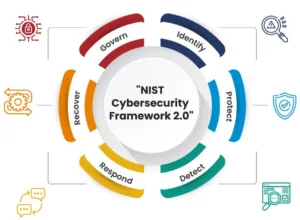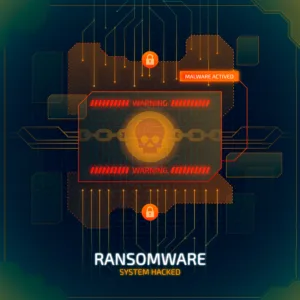
Table of Contents
Introduction
In the ever-evolving landscape of cybersecurity, the PurpleFox malware has emerged as a formidable threat, causing ripples across the digital realm. This insidious malware, named after the distinctive purple fox logo it employs, has been making headlines for its stealthy tactics and potential for wreaking havoc on unsuspecting victims.
In this blog post, we will delve into the intricacies of PurpleFox malware, its modus operandi, and most importantly, proactive measures to safeguard against its malevolent actions.
Understanding PurpleFox Malware
PurpleFox is a sophisticated strain of malware that primarily targets Windows systems. It belongs to the category of fileless malware, leveraging memory-based attacks to evade traditional detection mechanisms.
The malware is renowned for its adaptability, employing a combination of techniques to infiltrate systems, propagate, and execute malicious activities.
Modus Operandi
1. Infection Vectors:
PurpleFox typically infiltrates systems through various vectors, including malicious websites, phishing emails, and infected software downloads. The malware is often distributed via exploit kits that take advantage of vulnerabilities in outdated software or browsers.
2. Fileless Execution:
One of the defining features of PurpleFox is its fileless execution, which makes detection challenging. By residing in the system’s memory rather than on the hard drive, the malware can operate without leaving traces on the disk, allowing it to remain undetected for extended periods.
3. Command and Control (C2) Communication:
PurpleFox establishes communication with remote servers controlled by cybercriminals, enabling them to remotely execute commands, exfiltrate sensitive data, or download additional payloads. The C2 infrastructure is often dynamic, making it difficult for security analysts to predict and block.
4. Evasion Techniques: The malware employs various evasion techniques, such as polymorphic code and encryption, to thwart traditional antivirus solutions. This adaptability allows PurpleFox to evolve and circumvent signature-based detection.
Remedial Action against PurpleFox:
1. Regular Software Updates:
Keeping all software, including operating systems, browsers, and security applications, up to date is crucial. Many malware, including PurpleFox, exploit vulnerabilities in outdated software. Regular updates patch these vulnerabilities, enhancing the overall security posture.
2. Endpoint Protection:
Employing advanced endpoint protection solutions that utilize heuristic analysis and behavior monitoring can help detect and mitigate the threat posed by fileless malware. These solutions are better equipped to identify abnormal patterns of behavior indicative of a malware attack.
3. Network Traffic Monitoring:
Constantly monitoring network traffic can aid in the early detection of PurpleFox’s communication with its command and control servers. Anomalies in outbound traffic or suspicious patterns should trigger alerts for further investigation.
4. User Education and Awareness:
Educating users about cybersecurity best practices, such as recognizing phishing attempts and avoiding suspicious downloads, can serve as a frontline defense against PurpleFox. A well-informed user base is less likely to fall victim to social engineering tactics employed by the malware.
5. Application Whitelisting:
Implementing application whitelisting can restrict the execution of unauthorized programs. By allowing only approved applications to run, organizations can mitigate the risk of PurpleFox and other malware gaining a foothold in the system.
6. Behavioral Analytics:
Integrating behavioral analytics into the security infrastructure can enhance the ability to detect abnormal activities associated with PurpleFox. This approach focuses on identifying deviations from normal behavior patterns, allowing for early detection and response.
7. Incident Response Planning:
Developing a comprehensive incident response plan enables organizations to respond swiftly and effectively in the event of a PurpleFox infection. This includes isolating affected systems, conducting forensic analysis, and implementing remediation measures to eradicate the malware.
Conclusion
As PurpleFox malware continues to evolve, staying ahead of the curve in cybersecurity is imperative for organizations and individuals alike. By understanding the malware’s modus operandi and implementing proactive measures, such as regular updates, endpoint protection, user education, and robust incident response planning, we can fortify our defenses against this stealthy adversary.
As the digital landscape constantly changes, a vigilant and adaptive approach to cybersecurity is paramount in safeguarding our interconnected world from emerging threats like PurpleFox.
Read more on https://cybertechworld.co.in for insightful cybersecurity related content.




















Can you be more specific about the content of your article? After reading it, I still have some doubts. Hope you can help me.